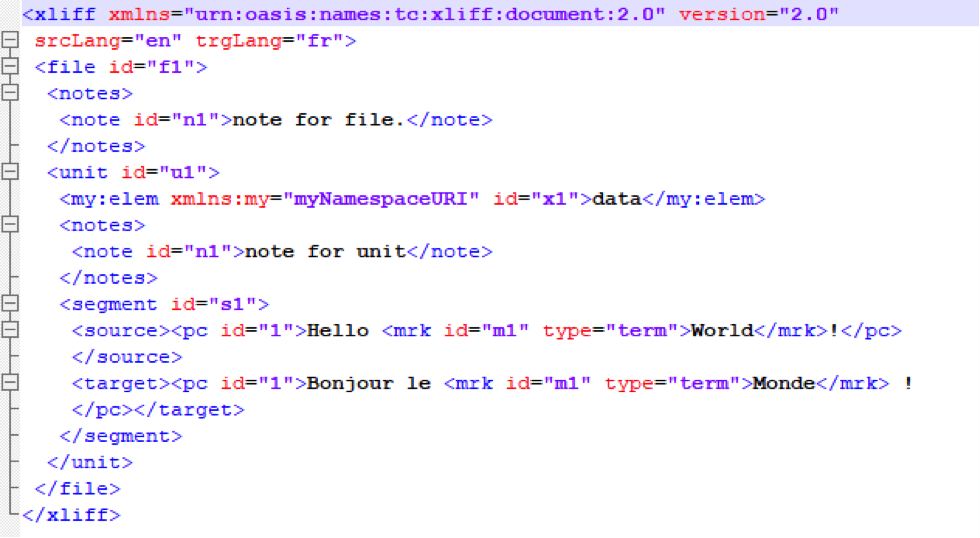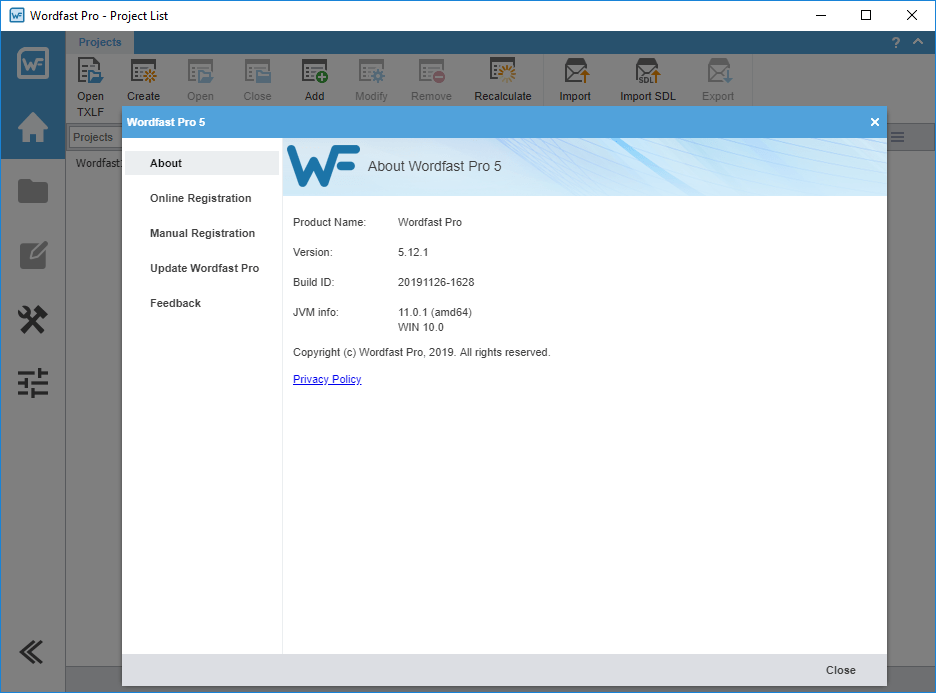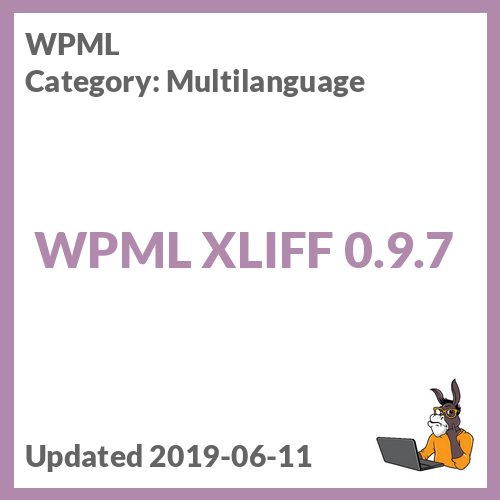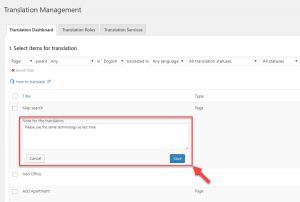
- #Translate xliff files oin wordfast pro full version
- #Translate xliff files oin wordfast pro pdf
- #Translate xliff files oin wordfast pro manual
- #Translate xliff files oin wordfast pro full
- #Translate xliff files oin wordfast pro professional
You can also readily see tables, diagrams, layout, etc.
#Translate xliff files oin wordfast pro pdf
Similarly, if you’re working with a document converted from a pdf file and you come across an unwanted hard return, you can easily press Alt+Delete to cancel the segment you’ve just opened manually delete the hard return, and re-open the segment with the whole sentence. It’s a simple matter to press Alt+PageDown to expand the segment (or Alt+PageUp to shrink the segment, if you want the segment smaller).
#Translate xliff files oin wordfast pro full
The fact that you’re working within Word means that problems become apparent as you work sometimes a segment may only contain half a sentence as there’s a full stop in the middle, or a colon. It’s easy to create glossaries on the fly (highlight the term in the source segment, then press Crtl+Alt+T, then repeat with the term in the target segment) and you can use up to three glossaries of your choice, but only one translation memory (plus a BTM, a large translation memory that you can use for concordance searches, but not add to as you work).
#Translate xliff files oin wordfast pro manual
There are a few easy-to-remember keystrokes: Alt+Down to move to the next segment, Alt+End to end your translation, Alt+Home to go back to where you last left off… The manual is straightforward and there’s an excellent Yahoo group for support. As I’ve said, it operates within Word, so you aren’t faced with a different working environment from the outset. That was another huge boost as it introduced me to the delights of concordance searching and untranslatable attributes, all concepts I’d heard of but had no real understanding of what they were or how you applied them! Since then, I’ve learned as I’ve progressed, teaching myself as I’ve needed to know something, be it aligning previous translations to stock translation memories, building glossaries, or discovering the delights of Pandora’s Box to help Wordfast work smoothly with Dragon voice recognition software.įor me, Wordfast is extremely intuitive, ideal for translators who aren’t particularly technologically-minded.


After a year or so, I attended an intermediate training course run by John di Rico in Nice in the autumn of 2007, following on from the ProZ conference in Aix.
#Translate xliff files oin wordfast pro full version
I’d already downloaded the (free) trial software before attending the workshop and managed to do a test translation or two, so, armed with my new-found knowledge, I bought the full version of the software soon after my return and I haven’t looked back since!įor me, the beauty of Wordfast was very much that you could learn on the job admittedly only at a very basic level initially, but you can achieve good results without any formal training. After the two days, my mind was made up: Déja Vu would have been my first preference, but was too expensive for a freelancer not yet working full-time, Trados (Workbench) was far too complicated and way out of my comfort zone (in those days), but Wordfast seemed to offer the best of both worlds – reasonably priced, relatively straightforward to use and operating in a familiar Word environment. It was a fascinating opportunity to spend an intensive weekend seeing what all the fuss was about – and an invaluable chance to try all three tools hands-on for myself AND to get to grips with the basics of CAT tools. However, my interest was piqued by an ITI workshop run by Michael Benis back in 2006: an introduction to CAT tools, looking specifically at Trados, Wordfast and Déja Vu. I didn’t think I translated particularly repetitive texts and I certainly received many documents by fax (or, heaven forbid, by post!) that didn’t remotely lend themselves to electronic processing in a computer-assisted translation environment. In fact, I used to dictate my translations to be typed up by the typing pool, but that’s an entirely different story… I was quite happy with my translation workflow, but when I got divorced in 2005 and started to work towards translating full-time, talk of translation memory and what it could do to help translators’ productivity started to filter through to my not particularly receptive ears.

#Translate xliff files oin wordfast pro professional
I’ve been translating in a professional capacity for 31 years now, most of which have been without translation memory of any kind, hard though that may be for newcomers to the profession to imagine.

These are the only tools I’ve used in earnest, so whilst I’ve heard great things about Déja Vu and MemoQ, I can’t possibly comment. I’ve been meaning to write about CAT tools for some time now, but before you all shoot me down in flames, I should start off by saying that I don’t claim to be a technological wizard! This is a purely personal analysis, based on my use of Wordfast Classic and Trados Studio.


 0 kommentar(er)
0 kommentar(er)
